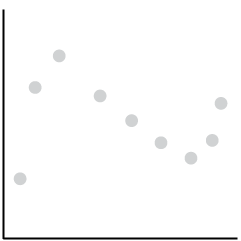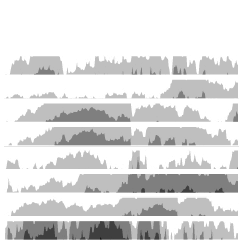Tim Harford for Financial Times on big data and how the same problems for small data still apply:
The multiple-comparisons problem arises when a researcher looks at many possible patterns. Consider a randomised trial in which vitamins are given to some primary schoolchildren and placebos are given to others. Do the vitamins work? That all depends on what we mean by “work”. The researchers could look at the children’s height, weight, prevalence of tooth decay, classroom behaviour, test scores, even (after waiting) prison record or earnings at the age of 25. Then there are combinations to check: do the vitamins have an effect on the poorer kids, the richer kids, the boys, the girls? Test enough different correlations and fluke results will drown out the real discoveries.
You’re usually in for a fluffy article about drowning and social media when ‘big data’ is in the title. This one is worth the full read.



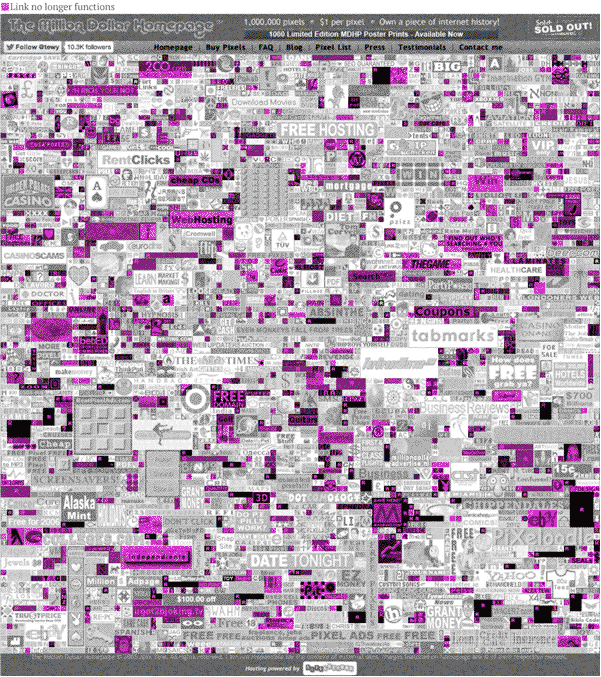



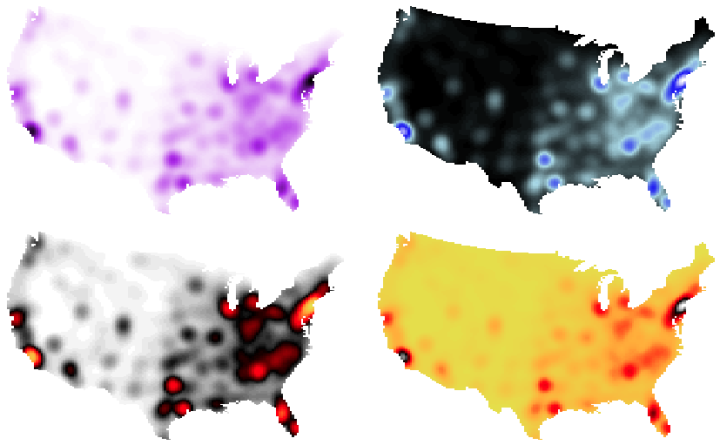
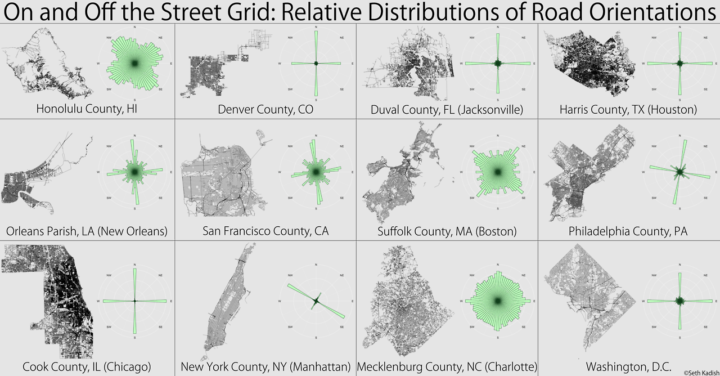
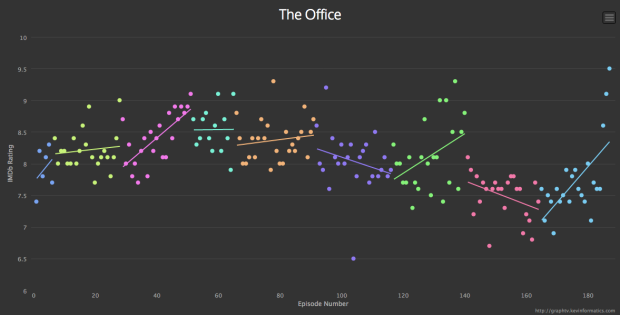
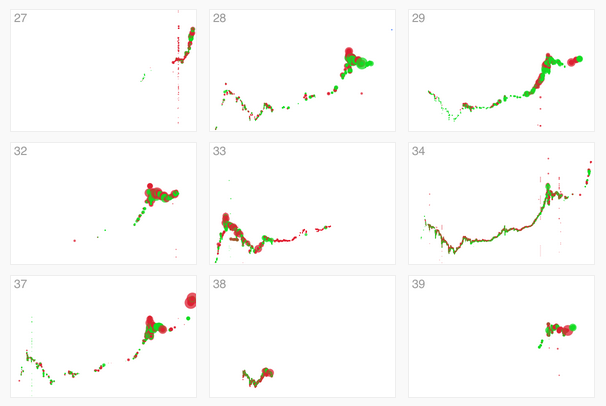
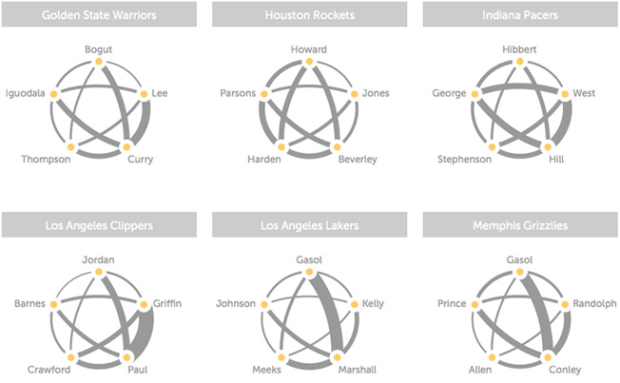
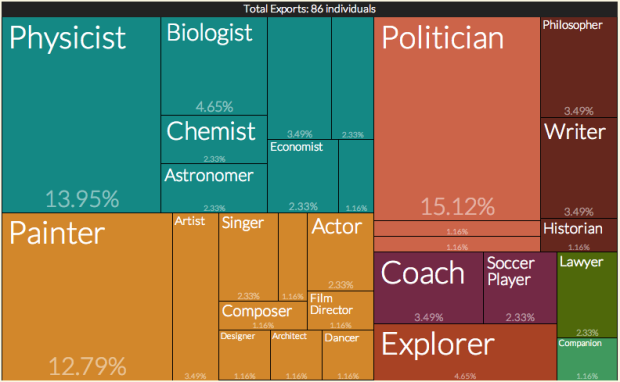
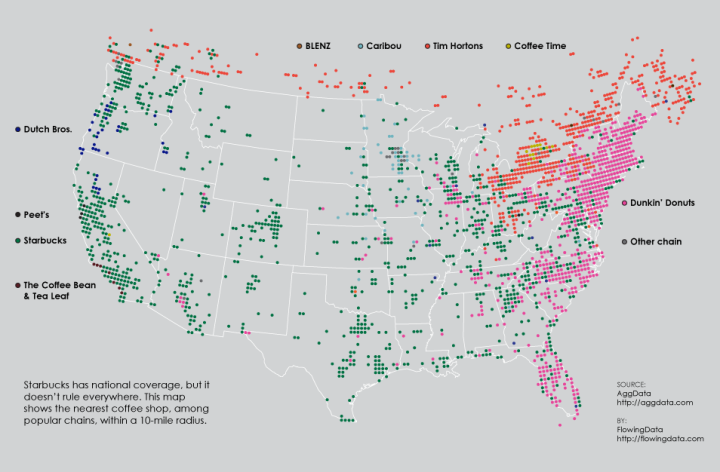


 Visualize This: The FlowingData Guide to Design, Visualization, and Statistics (2nd Edition)
Visualize This: The FlowingData Guide to Design, Visualization, and Statistics (2nd Edition)

